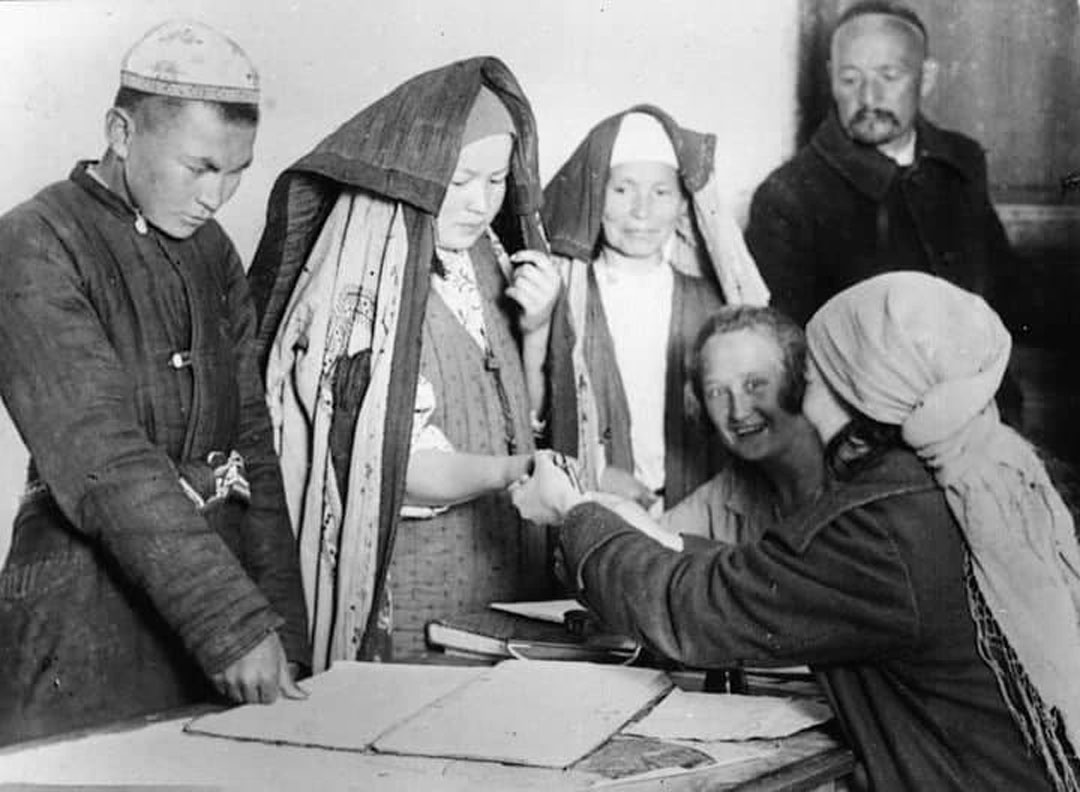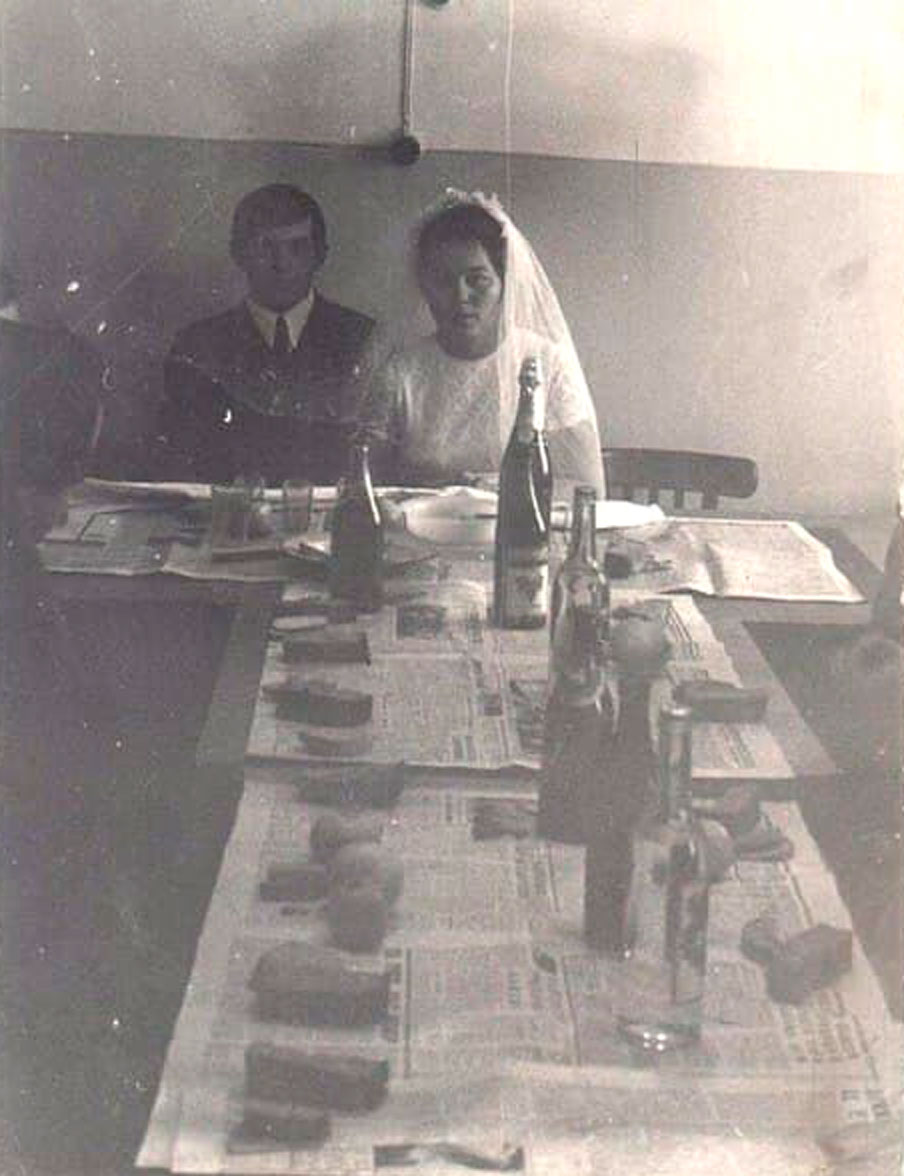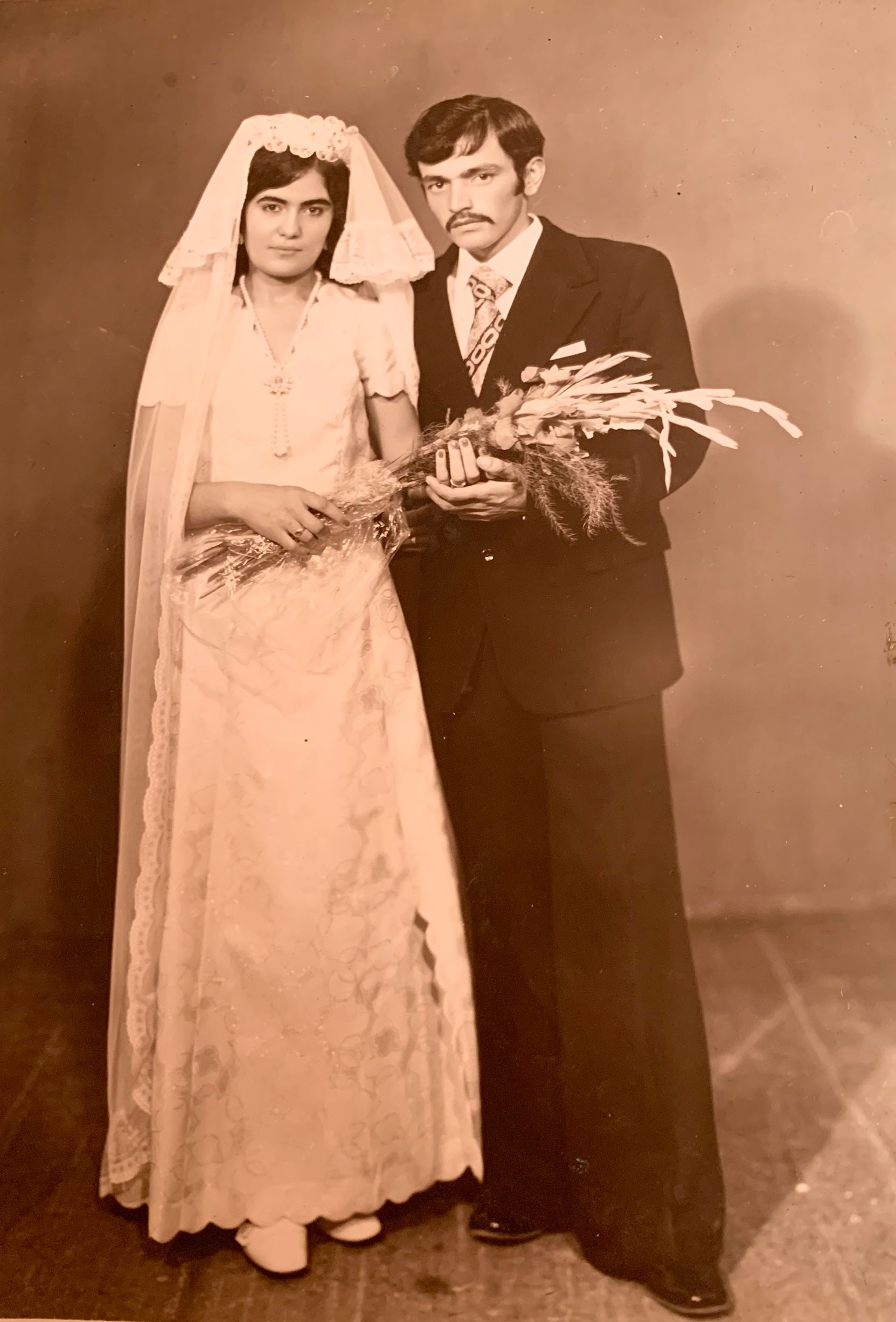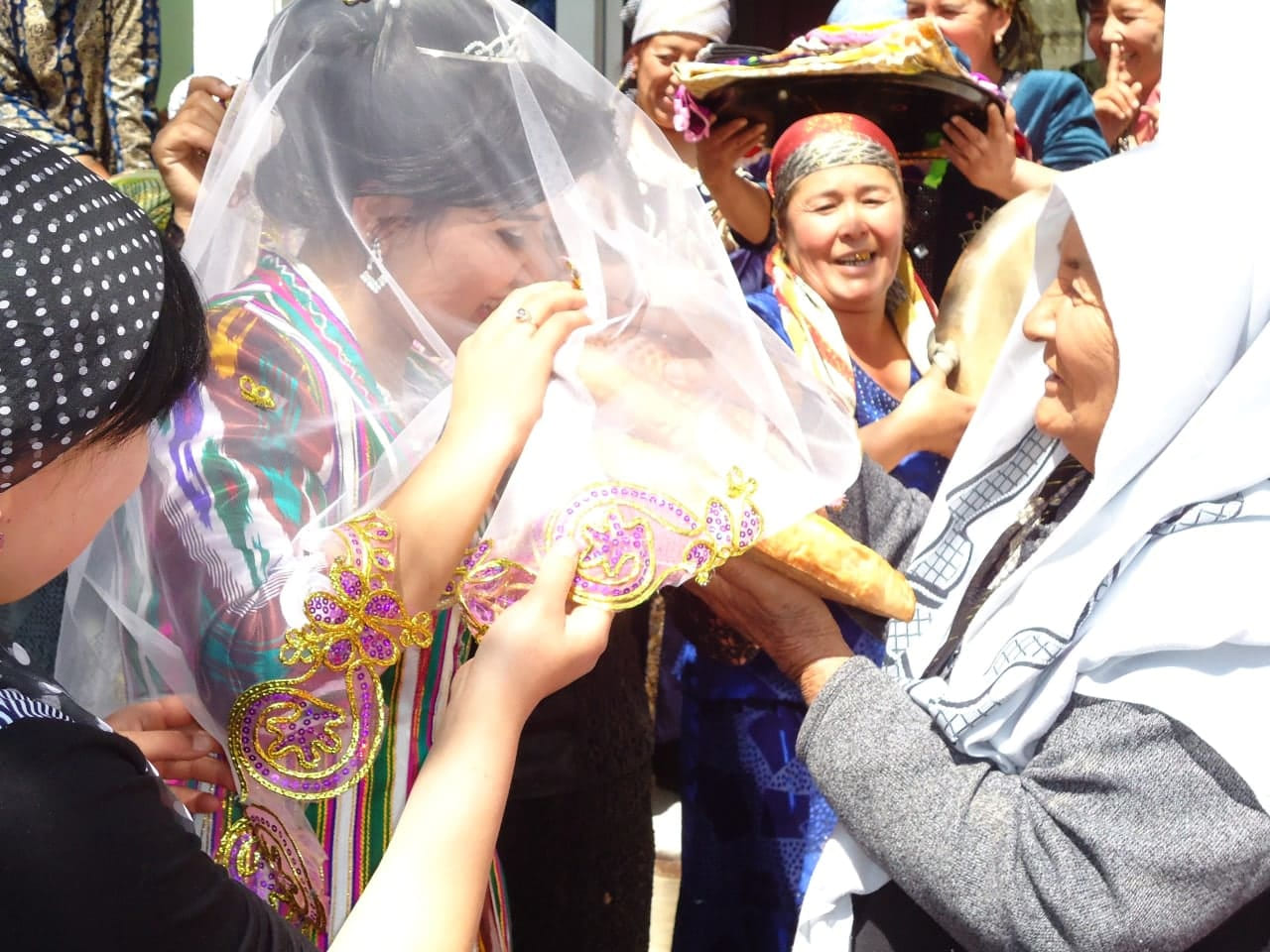


Leave your contact details and we will contact you

An Uzbek wedding is an event of particular significance and consists of multiple traditional rituals. It passes through three stages: pre-wedding, wedding, and post-wedding.
After the choice of a bride is made, the process of matchmaking begins (sovchilik, in Khorezm – qudachilik). The first matchmakers (sovchi) are usually women, led by the groom’s mother. Often, matchmakers come under the guise of a guest and reveal the purpose of their arrival after the tea party. If the girl’s mother is pleased with her future son-in-law, she informs the matchmakers about the necessity of consulting with her husband, brothers, and other relatives, and only after a final answer can be given. Having received prior approval from the girl’s mother, the groom’s parents gather their close relatives for a family council (maslakhat), where they announce the decision to marry their son and who will be his bride. Then they choose male matchmakers (sovchi) among the closest relatives and one of the most authoritative inhabitants of the village or city block.

During the first visit, male matchmakers bring with them a knot with several pieces of patir naan, qatlama, and various sweets (sugar, halva, etc.) wrapped in a tablecloth (dasturkhan). The knot also contains several meters of white fabric for the future daughter-in-law, a piece of fabric or a white headscarf for the girl’s mother, which are called oqlik (whiteness) and represent a bright life and happiness. By giving white handkerchiefs and sifted flour, or feeding the newlyweds with milk, Uzbeks wish that the happiness of the couple be as clean as these snow-white objects.
Matchmakers, by agreement of the parties, also set the day of the engagement (fotiha), which was popularly called fotiha tōy (wedding related to engagement) or kichik tōy (small wedding).
Before completing the engagement, each matchmaker on the groom’s side is given a knot (tugun) with sugar or other types of sweets, which must also be white (parvarda, halva, etc.). The girl’s parents also pass gifts to the groom’s family through intermediaries.
After the engagement, the intermediaries find out if the groom’s parents are ready to hold the main wedding (katta tōy). During the whole period—from engagement to wedding—the bride’s parents have to pack a dowry for the daughter (sep), which includes carpets of various types, blankets, pillows, dresses, scarves of different colors and sizes, shoes, jewelry, etc.
Before the wedding feasts, young people conclude a nikah (Muslim marriage) and register the marriage with state authorities.
The wedding treat (tōy) takes place in the groom’s house during the day, and in the evening, only the elderly (mostly relatives of the groom), young people, and women gather there to meet the bride.


When the bride with her retinue arrives at the groom’s house, the newlyweds go around the fire three times, that is, performing a purification ceremony with fire. Then the bride is introduced into the wedding house. Before entering the dwelling, the bride bows three times in the direction of the house. The groom takes the bride in his arms and walks behind the curtain (gōshanga or chimildik).
Early the next morning, a kelin salom ceremony is held — greetings performed by the bride for the groom’s family and relatives. Before the ceremony of greeting, women dress up the bride and put various jewelry on her. After kelin salom, the bet ochar rite is celebrated (the ceremony of removing the veil from the bride’s face). Then follows the “looking at the bride” rite (yuz kōruv, bet kōruv, kelin kōruv).
For 40 days (chilla), the bride was not allowed to cook food or bake bread, so the soot from the cauldron and the smoke from the oven (tandir) wouldn’t make her life “black” and unhappy.
The final act of the marriage ceremony is the challar rite, or chaqiruv — an invitation of the newlyweds to the house of the bride’s parents. About a week later, the girl’s parents in turn visit the son-in-law’s house (qiz kōrish or qiz kōruv, and ota chakirdik – visiting a daughter). Following that, mutual visits to the in-laws are made on a regular basis.
Enter your e-mail address to keep abreast of the latest publications
